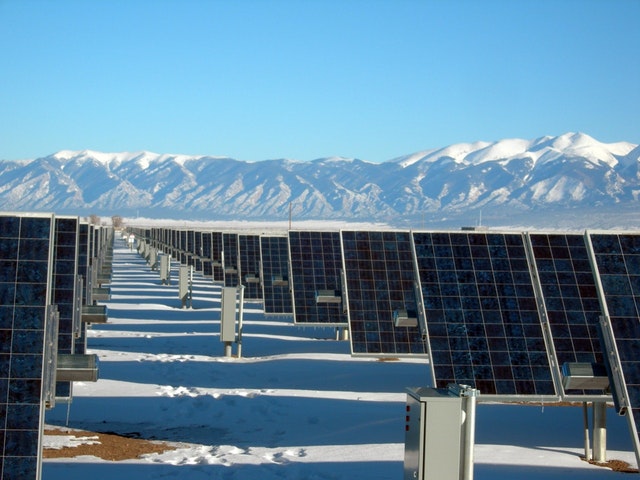A study by the Department of Energy’s National Renewable Energy Laboratory (NREL) shows that the United States can generate 80 percent of its electricity from renewable energy by 2050. Renewable energy includes solar photovoltaics, concentrated solar power, wind turbines, and hydropower. Of this 80 percent, roughly 50 percent of electricity can come from solar and wind.
Simply knowing that it’s possible for the majority of our nation’s electricity to be sourced from renewable resources isn’t enough to make it happen. We need the right policies in place to make renewable energy attainable and affordable. Changes to the grid will also need to be made such as building new high voltage transmission lines, investing in electricity storage technologies, and adding larger areas for supply and demand.
What Will Solar Energy Look Like in the Future?
-Solar energy will be more economical than fossil fuels. The Institute of Electrical and Electronic Engineers (IEEE) predicts that solar energy will be more economical than traditional energy. However, solar cell efficiency must improve.
-More jobs will be created in the solar industry. Solar energy has experienced substantial growth in recent years. Since 2010, the number of people working in the industry has doubled. Over 210,000 people had jobs in the solar industry in 2015.
-Solar power is expanding to all states. California has traditionally been the leader in solar energy, but other states are catching up. Solar power is booming across the U.S., with the top states being California, Arizona, New Jersey, North Carolina, and Nevada.
-More competition will result in lower prices. More competition from solar power companies will drive down the price for solar energy. In the last decade, solar PV prices have decreased by 60 percent. With state and federal incentives and rebates, prices will be even more attractive for homes and businesses.
-Solar panels will grow to be more efficient. Everyday, technology reaches new heights. We can expect to see solar panels be more efficient, easier to make, and cheaper to install. If this feasibility continues, solar energy will be a suitable alternative to traditional energy sources.
It’s exciting to think of what the future has in store for solar power! All statistics aside, the best predictor for the success of solar energy is financial incentives. If these incentives are strong and solar panels become more efficient and less expensive, we can expect to see solar power account for more and more of our nation’s energy needs.












